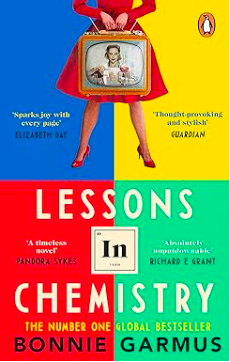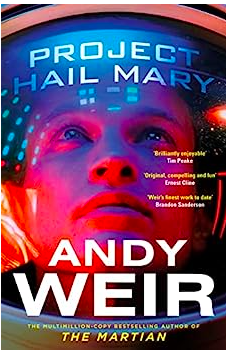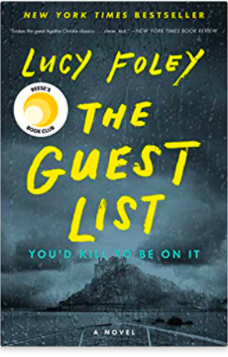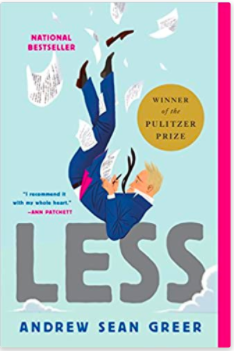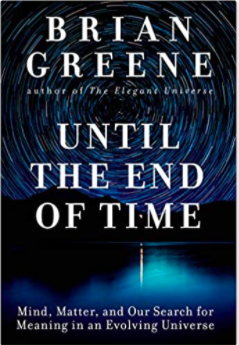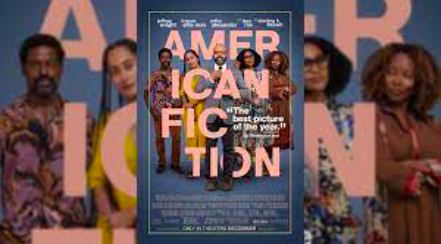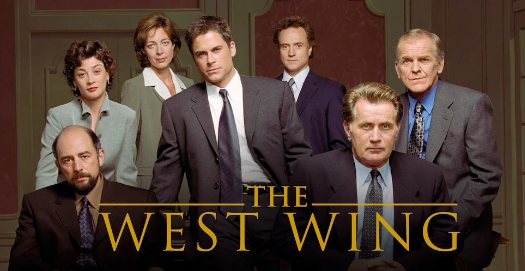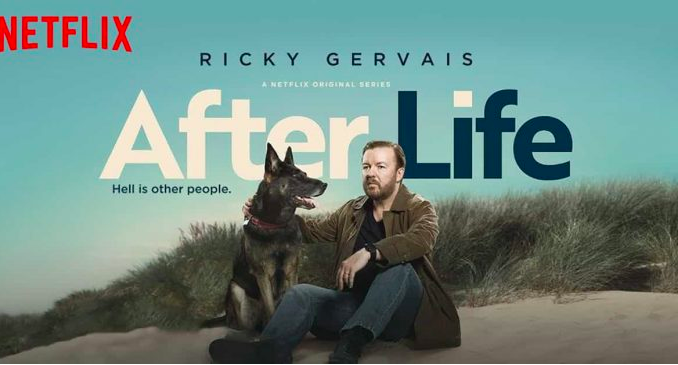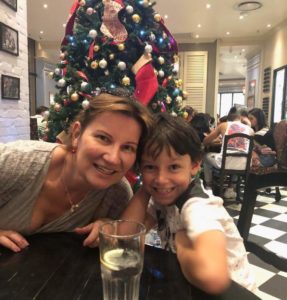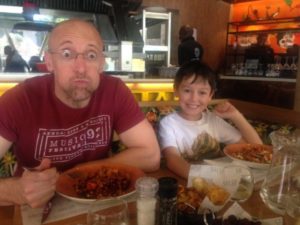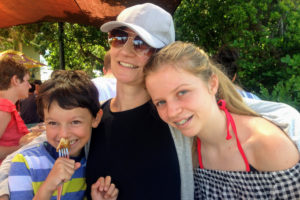Here’s something I learnt this year: you need to have a very well defined goal if you are ever going to achieve it. It sounds trite, but it’s true. Neuroscience says you need to get into the nitty gritty of the specifics, so you can visualise the goal, and fool the brain into thinking that it’s already a reality. But I was surprisingly bad about setting well defined long term goals. What is it that I really want, long term? What is it that I am really working towards?
We tend to have quick, off-the-cuff answers to long-term questions. “I want $x in the bank”, “I want happy children and a solid marriage” , “I want to be able to enjoy every day”. But those are not well defined goals. Those are generalised pipe dreams at best, which can have no obvious action plan. “Have $x in bank” doesn’t actually create any real motivation. We are less likely to succeed at “saving $10,000”, than we are at “saving $10,000 to go to Paris next year”.
Lack of clarity is problematic. If we don’t know what we are working towards, we can’t motivate ourselves to get there, we can’t chart the path to the destination, and we don’t know how far away we are. Sometimes, a goal we are targetting for ten or fifteen years away is actually available to us already -we won’t know until we pause and actually plan for it. We also fool ourselves into thinking most of our goals require money, when in fact most of our goals simply require a system, a priority or attitude change.
I need to call my shot, so that I am clear about what I am working towards.
This sentiment is well expressed by Kevin Dahlstrom, who is very vocal about his “end state life” list. It’s a list of bullet points, outlining what he considers to be his “perfect life”, and one that he is actively working towards. The list covers everything from work, family, relationships, health, travel, home, community service, finances, mental health, parenting etc and it’s a work of art. The best part? Looks like Kevin has managed to check off most items already.
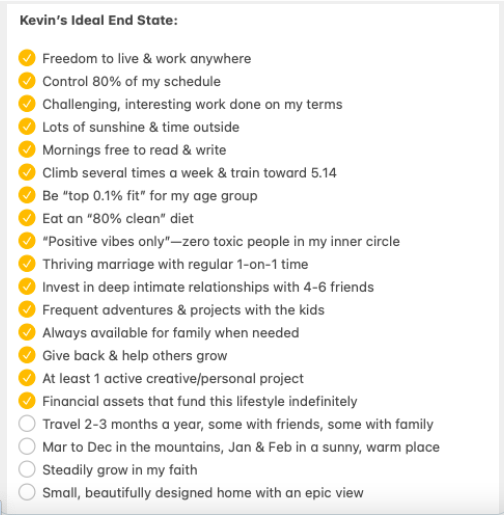
It’s a good list, and Kevin has inspired me – he encourages others to steal it and use it as a foundation to create their own. I guess the important thing when creating it is to make sure that I really resonate with the destination. This ideal end-state life must be my ideal life, not someone else’s. This isn’t a competition, or a race. It would be most unfortunate to chase a dream, only to discover that nothing about it is fulfilling or meaningful, and it brings me little joy. Kevin also says we should separate the “nice to haves” from the “must haves”. Doing so will help us avoid short term impulses. He suggests 3 questions to start:
- WHAT would you do (and avoid doing)?
- WHO would you be around?
- WHERE would you be?
With all that in mind, here is my list, that will probably be updated often:
- Challenging, intellectually stimulating work done on my terms
- Ability to live and work anywhere
- Afternoons free to read, write and think
- At least 1 active creative/personal project
- Lots of time outside, but not in extreme weather (hot or cold)
- Small, beautiful designed home with a view and beautiful kitchen
- Organised and clutter-free life, filled with things that bring me joy
- Deep intimate relationships with 4-6 friends
- Entertain an amazing (but varied) group of people, often
- Explore culinary delights around Europe, preferably with my partner
- Lots of adventures and presence with the kids
- Regular intentional time with my partner, balanced by time apart
- A healthy physique and lifestyle
- “Positive vibes only” – zero toxic people in my inner circle
- Frequent short term travel
- Less frequent long distance travel that is fun and non-exhausting, and non-rushed
- Financial assets that fund this lifestyle indefinitely
It was surprisingly easy to write this list: I just had to close my eyes and imagine my perfect life. But it was quite liberating to actually put it down in writing. Now, with all these bullet points in one place, I can take a step back and ask myself exactly what steps need to be taken to start crossing items off this list. In other words, I will build a concrete plan for my well defined goal. None of these list items are unachievable pipe-dreams, and all that needs to happen is for me to take the first step on the journey.
Thanks for reading,

Image by Peter Dargatz from Pixabay















